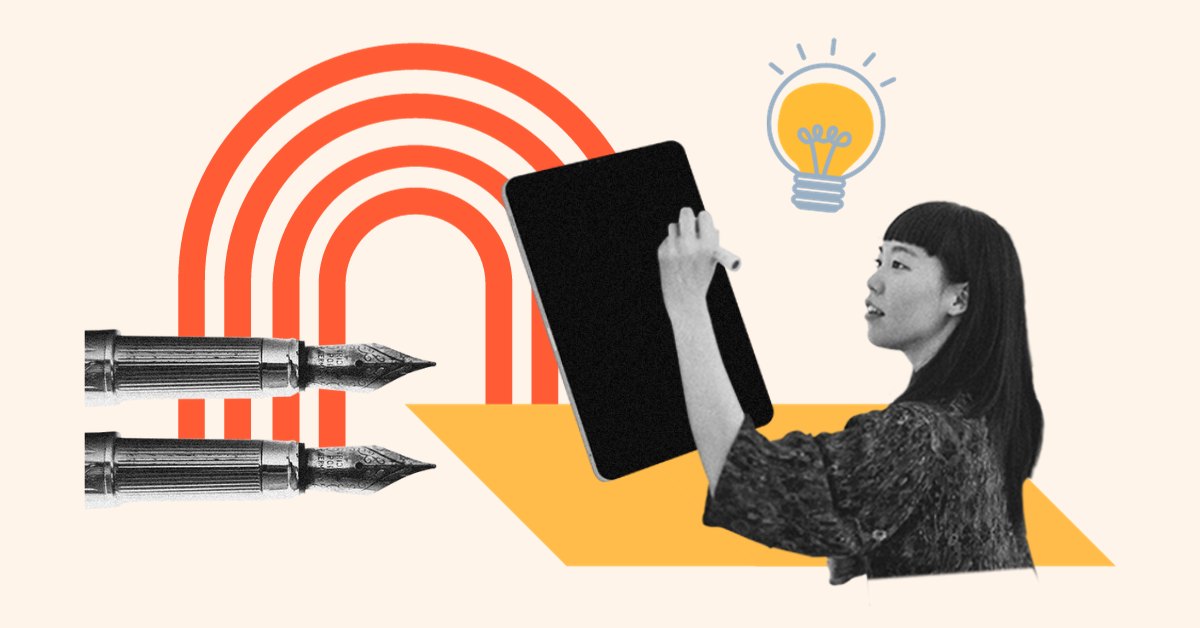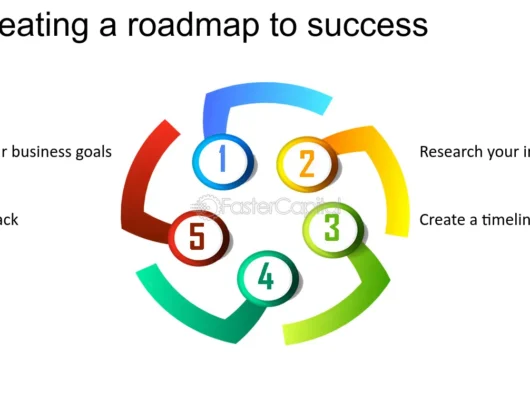Starting out in graphic design can be both exciting and overwhelming. With so many tools, techniques, and principles to learn, it’s easy to feel lost. However, with the right guidance and mindset, you can set yourself up for success. Here are some essential graphic design tips for beginners to help you build a strong foundation.
1. Understand the Basics of Design
Before diving into complex projects, it’s crucial to grasp the fundamental principles of design. This includes concepts like balance, contrast, alignment, hierarchy, and space. Understanding these basics will help you create visually appealing and well-structured designs. Start by studying examples of good design and practice applying these principles in your work.
2. Learn to Use Design Software
Familiarize yourself with industry-standard software like Adobe Photoshop, Illustrator, and InDesign. These tools are essential for creating professional-quality designs. Take advantage of online tutorials and courses to learn the basics of each program. As you become more comfortable with the software, experiment with different techniques to expand your skill set.
3. Keep It Simple
One of the most important rules in design is to keep things simple. Avoid overcrowding your designs with too many elements, colors, or fonts. A clean and minimalistic approach often has a greater impact. Focus on conveying your message clearly and effectively without unnecessary distractions.
4. Use a Consistent Color Palette
Color plays a significant role in design, helping to set the mood and convey emotions. Choose a color palette that aligns with the message you want to communicate. Stick to a limited number of colors to maintain consistency and avoid overwhelming the viewer. Tools like Adobe Color can help you create harmonious color schemes.
5. Prioritize Readability with Typography
Typography is a critical aspect of graphic design. Choose fonts that are easy to read and appropriate for the tone of your design. Pay attention to spacing, size, and alignment to ensure your text is legible. Avoid using too many different fonts in one design, as this can create visual confusion. A good rule of thumb is to stick to two or three complementary fonts.
6. Create a Focal Point
Every design should have a focal point—an area that draws the viewer’s attention first. This could be an image, a headline, or a key piece of information. Use contrast, size, and placement to make the focal point stand out. A clear focal point helps guide the viewer through your design and communicates your message more effectively.
7. Pay Attention to Alignment
Alignment is essential for creating a clean and organized design. Make sure your elements are properly aligned, whether you’re working with text, images, or shapes. Consistent alignment creates a sense of order and professionalism in your design. Use grids and guides to help with alignment, especially when working on more complex layouts.
8. Experiment with White Space
White space, or negative space, is the empty space around design elements. Don’t be afraid to leave areas of your design empty; white space can help emphasize important elements and make your design more breathable. It also prevents your design from looking cluttered and overwhelming.
9. Seek Inspiration, but Don’t Copy
Looking at the work of other designers can be a great way to find inspiration and learn new techniques. However, it’s important to use this inspiration to fuel your own creativity rather than copying someone else’s work. Develop your own style and voice as a designer, and let your unique perspective shine through in your designs.
10. Practice, Practice, Practice
The key to improving your graphic design skills is consistent practice. The more you design, the better you’ll become. Set aside time each day or week to work on design projects, whether they’re for a client, a personal project, or just for fun. Over time, you’ll see significant improvements in your work and gain confidence in your abilities.
Conclusion
Graphic design is a skill that takes time and dedication to master. By focusing on the basics, practicing regularly, and staying open to learning, you’ll be well on your way to becoming a proficient designer. Remember that every designer was once a beginner, so be patient with yourself as you grow and develop your craft.






